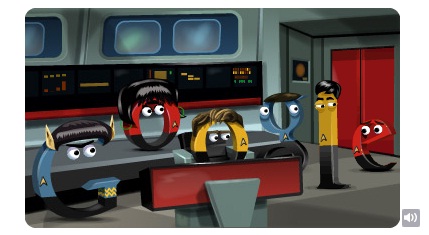PHP, a server side scripting language is an open source and available at free to download. This powerful scripting language is generally used for developing dynamic and interactive websites. It may include HTML tags, text and scripts and have a file extension of .phtml, .php, .php3.
Importance of PHP:
PHP works on numerous platforms including Windows, Unix, Linux, etc. This scripting language is easy and fast to understand and works highly efficient manner on the server side. Since PHP syntax is pretty similar to C, programmers on this language can easily become expert on PHP. This language goes in tandem with nearly all servers used today as well as supports different databases such as Oracle, MySQL, POstgreSQL, etc. When PHP is equipped with Apache Server and MySQL database, a good combination is provided to use. Cross-platform will be emerged if PHP combines with MySQL.
Being the worldwide used, open source, efficient scripting language, PHP is used as an alternative to competitors such as Sun Microsystems JSP and Microsoft’s ASP. This language is perfect for web development and can be implanted to the HTML code as well. It is generally used along with Apache on different operating systems and can be employed with Microsoft’s IIS on Windows.
A Server Side Language:
Being the most popular language, PHP is used for creating web sites. PHP indicates Hypertext Preprocessor and is a general purpose scripting language primarily designed for web development in order to develop dynamic web pages. Being a server side scripting language, you can create pages with PHP and HTML. The server will process the PHP commands and send the result to the users’ browser. PHP runs on many UNIX versions and Windows NT and can be constructed as an Apache module as well as a binary that can work as a CGI. PHP is a speedy and lightweight language that can return results quickly without any process creation overhead.
Apart from manipulating the web page content, PHP can also send HTTP headers. You are allowed to manage authentication, set cookies, and redirect users. This scripting language supports many databases and gives outstanding connectivity to them and integration with different external libraries that allow you generate PDF documents and analyze XML. PHP syntax is similar to Perl’s and C’s. You are not asked to state variables before use and can easily create hashes and arrays. PHP also has some fundamental object-oriented features that give a helpful way to arrange and encapsulate your code.
Scripts are placed inside HTML files and therefore, you don’t have a special editor to develop pages. You need to use a server that supports PHP. Fortunately, PHP is compatible with nearly all servers and is free to download from its official web resource. This is open source software that includes HTML tags and text. There are many web sources where you can get PHP for downloading but you should be very careful about scam sites. Find out a resource that is highly reliable and trustworthy to download PHP. Ask your friends and colleagues for references of sources online where you can get PHP to download at free of cost.
PHP is a server side language wherein every process of the PHP code occurs on the server. In that time, the date enters to the user’s browser and left no PHP, only the HTML code. This is why you find code when you try to run your PHP files on your system without having PHP installed. Your web hosting server where you keep your PHP files will have the language installed and so, it can process the PHP.
Let’s explain through some examples;
Example 1:
If you work in PHP, then you can do calculation. Imagine that you did a simple math, 1+1 and this will be calculated on the server as 2. This will be sent to the browse in the right place and when you inspect the file on the system, you won’t see how it was calculated, but you will only see there is a 2.
Example 2:
Let’s think that you are going to take data from a database and place it into an array. Then you will use that array, and cycle through it in an entry by entry manner and place the data in a table through HTML. Hence, user will get a table full of data from the database. But, you will not see the array in the user’s data as well as the original database from where you take that data. Things would be actually processed on the server earlier the page was sent to the user.
Example 3:
Imagine that you are using PHP to make a template for your website. PHP can be used to make header and footer file for web pages and then take them into each page. You are allowed to take files into the mid of the page if you desired. Hence, you can easily change the page’s layout without visiting every page and making changes. This process can be performed with both PHP and SSI in HTML. A browser doesn’t receive more than 2 different HTML files as it needs to assemble together. So, it uses to receive one assembled file from the server in which every pricing together has already occurred.
Get the idea?
Hope you now get the idea. When you use PHP, users will not see your code or the way you get your end product. They will only see the end product. For a user, a file that states ‘Hello World’ is obviously same that a file that echoes or prints ‘Hello World’. The major advantage of this language is when you write a specific formula, users will only see the result. Pirating a PHP file is a hard thing because the original calculating code is concealed safely on the server.
Hence, PHP is a server side language wherein things you do occurs server side and only the results are sent to the users.



